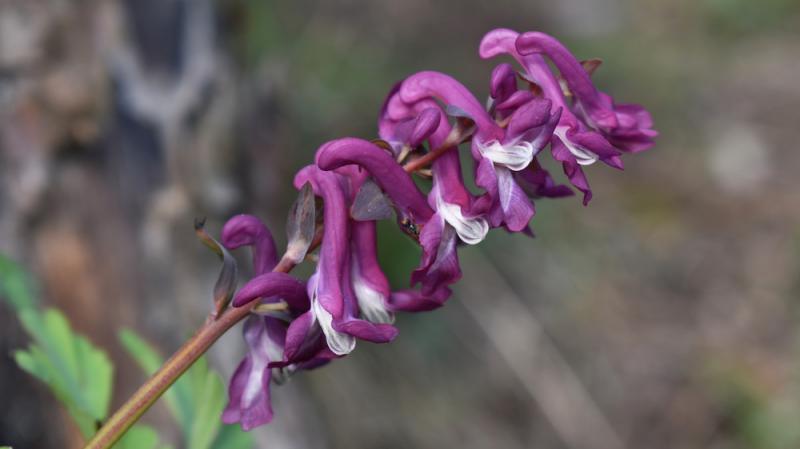- September 20, 2022
Utilitarian Yucca
I live in the American southwest, which is home to the yucca plant, Yucca glauca, Y. baccata, and other species. It’s a native of the American desert southwest and the Mexican desert highlands, but its range extends all the way to the east coast and up to the Dakotas, so it grows in most areas of the United States. Yucca was valued by Native Americans for many reasons. It was used for food, medicine, and other utilitarian purposes. Yucca's Many Uses Several years ago, I had the opportunity to…
- September 13, 2022
Corydalis
I was introduced to corydalis when I created a class on Chinese herbal medicine with my friend and fellow past president of the American Herbalists Guild, K.P. Khalsa. Corydalis was one of the herbs I wasn't familiar with until K.P. provided information about it for the class manual. At the time I was having some serious problems sleeping due to some incredibly stressful events I’d been through. I don’t know if any of you have reached a point in your life where you feel mentally and emotionally…
- September 6, 2022
Willow: Nature's Original Pain Reliever
What to do about pain has always been one of my major concerns. Modern medicine affords people so many options for pain relief that people take it for granted that they can take something to ease pain. But what if these medicines weren’t available? How could we help ease the suffering of others? My interest in herbs began with an interest in outdoor survival and emergency preparedness. So when I write about the health benefits of herbs, the emergency preparedness aspect of herbalism is always…
- August 23, 2022
Purslane
My introduction to herbs came in my teens, studying outdoor survival. I became fascinated with edible and medicinal wild plants. While sampling edible wild plants I quickly learned that there was a huge difference between plants that are edible and plants that are palatable. There are some wild foods that I would never eat unless I was starving, but others are quite delicious and I’m happy to eat them when I find. One plant in the latter category is purslane Because purslane is a common garden…
- August 23, 2022
Night Blooming Cereus
In the spirit of the article I wrote last week about arjuna, I'd like to share another herb that can be used for the heart besides the well-known Western herb, hawthorn. This potential heart remedy is night blooming cereus, a species of cactus that blooms at night. This species of cactus is used for all types of cardiopulmonary disorders, including angina, tachycardia, palpitations, and valvular disease. It has an effect like digitalis, but milder, which puts it in a similar category of heart…
- August 16, 2022
Arjuna
A while back I wrote about the most prominent cardiac herb in Western herbalism, hawthorn. Many of you are probably familiar with hawthorn, yet, you might not know that there is another equally valuable herb for the heart that comes from Ayurvedic medicine. It’s arjuna, the bark of a tree used to treat heart problems for over 3,000 years in India. Arjuna, like hawthorn, helps the heart and improves cardiovascular health in broad ways. It is a traditional remedy for heart failure and angina. It…
- August 9, 2022
Scotch Broom
I first learned about Scotch broom from medical herbalist Chanchal Cabrera, who also introduced me to the use of toxic botanicals like lily of the valley and belladonna. She shared a formula with me for inducing labor that contains the herb. I’ve used it successfully a couple of times to help induce labor after the due date has passed. The formula contains:2 parts Scotch Broom2 parts Blue Cohosh1 part Motherwort1 part LobeliaThe Scotch broom and blue cohosh have oxytocic effects and oxytocin is…
- August 8, 2022
Balancing the Nervous System
Twenty-four hours a day, seven days a week, and 365 days a year your nervous system is active, managing all of the processes of your body. It regulates your breathing, heart rate, blood pressure, digestion, elimination, and cycles of rest and activity.Your central nervous system (CNS), is busy carrying information from your senses to your brain. This allows you to observe, listen and interact with your external environment. As you process this information in your brain and make decisions, the CNS…













